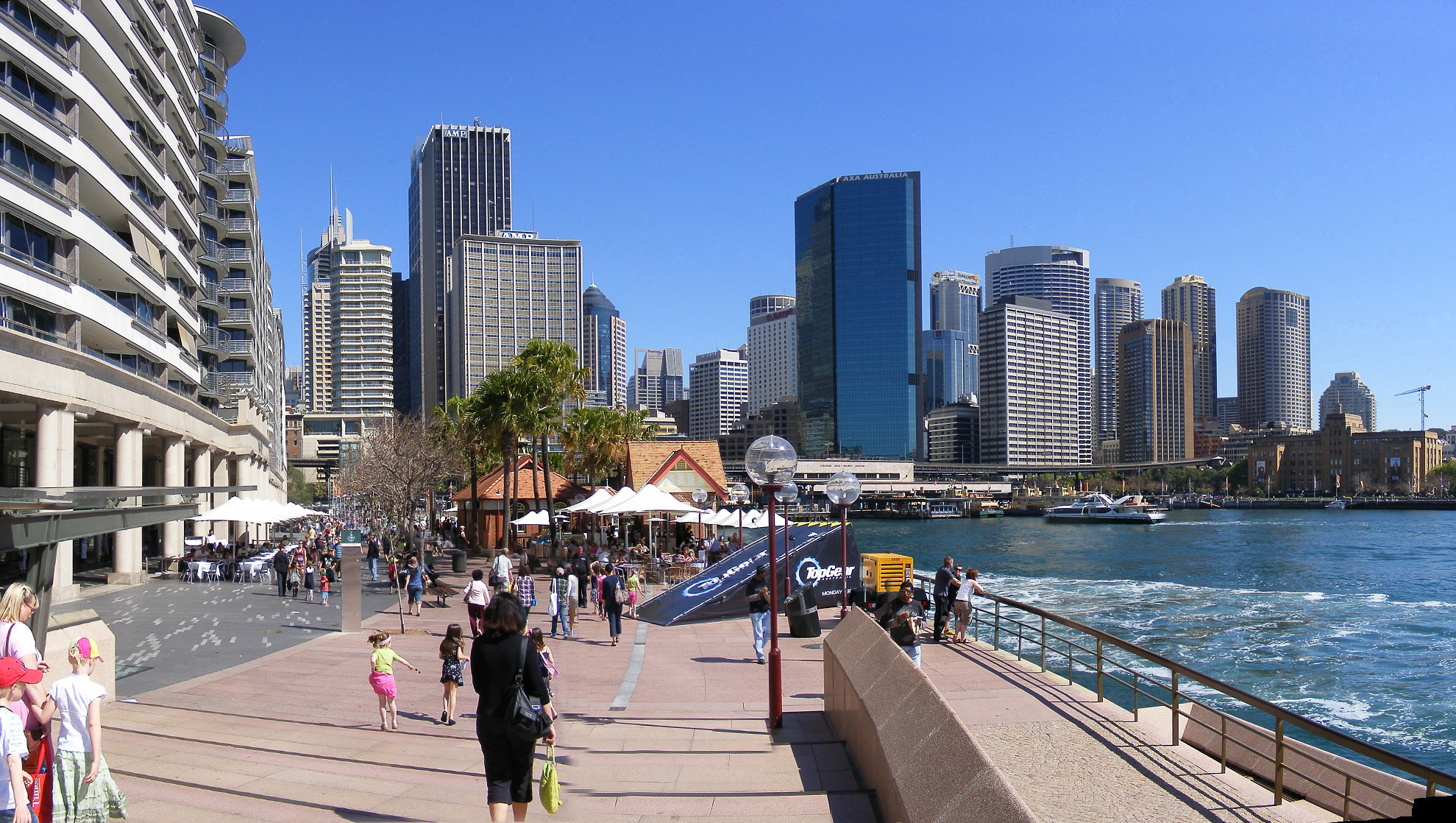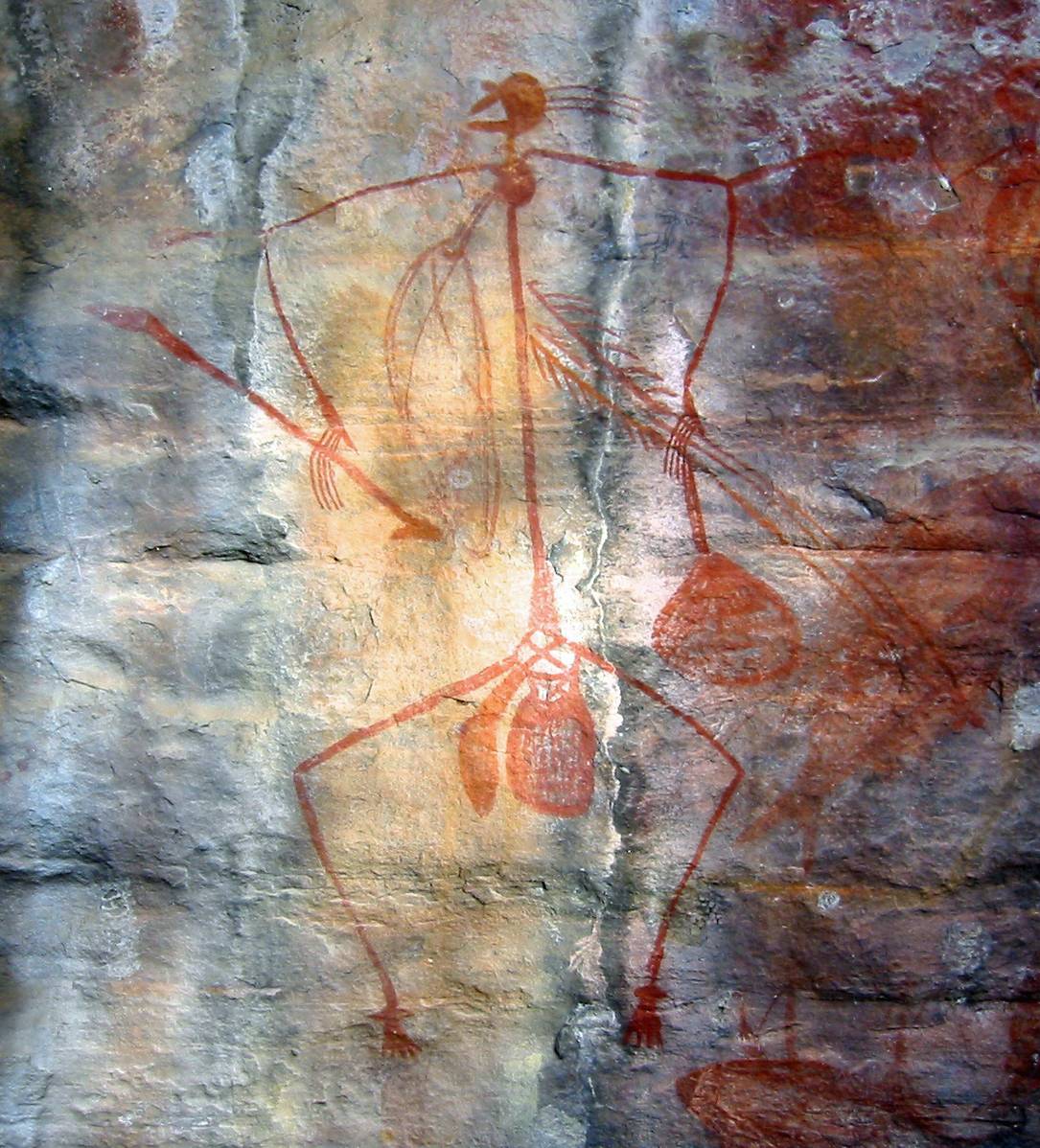|
Second Fleet (Australia)
The Second Fleet was a convoy of six ships carrying settlers, convicts and supplies to Sydney Cove, Australia in 1789. It followed the First Fleet which established European settlement in Australia in the previous year. The Second Fleet has achieved a historical notoriety for the poor conditions aboard the vessels, and for cruelty and mistreatment of its convicts. Of the 1006 convicts transported aboard the Fleet, one quarter died during the voyage and around 40 per cent were dead within six months of arrival in Australia. The captain and some crew members of one vessel were charged with offences against the convicts, but acquitted after a short trial. The ships were supposed to travel together to Australia, arriving in Sydney Cove in 1789. However, one was disabled en route and failed to make the destination, while another was delayed and arrived two months after the other ships. The colony had expected that the Fleet would contain fewer unskilled convicts and more supplies: th ... [...More Info...] [...Related Items...] OR: [Wikipedia] [Google] [Baidu] |
Sydney Cove
Sydney Cove (Eora: ) is a bay on the southern shore of Sydney Harbour, one of several harbours in Port Jackson, on the coast of Sydney, New South Wales. Sydney Cove is a focal point for community celebrations, due to its central Sydney location between the Sydney Opera House and the Sydney Harbour Bridge. It is also one of the main congregation points for Sydney New Year's Eve. History The Eora name for Sydney Cove was recorded by several early settlers of the First Fleet variously spelt as Warrane, War-ran, Warrang and Wee-rong. The spot is of great significance, as the first meeting place between Eora people and Europeans. Before colonisation of the area, Eora men speared fish from the shoreline, and women line-fished from their ' (canoes). Sydney Cove was named after the British Home Secretary, the 1st Baron Sydney (who was later created 1st Viscount Sydney in 1789). It was the site chosen by Captain Arthur Phillip, RN between 21 and 23 January 1788 for the British p ... [...More Info...] [...Related Items...] OR: [Wikipedia] [Google] [Baidu] |
The Argus (Melbourne)
''The Argus'' was an Australian daily morning newspaper in Melbourne from 2 June 1846 to 19 January 1957, and was considered to be the general Australian newspaper of record for this period. Widely known as a conservative newspaper for most of its history, it adopted a left-leaning approach from 1949. ''The Argus''s main competitor was David Syme's more liberal-minded newspaper, ''The Age''. History The newspaper was originally owned by William Kerr, who was also Melbourne's town clerk from 1851–1856 and had been a journalist at the ''Sydney Gazette'' before moving to Melbourne in 1839 to work on John Pascoe Fawkner's newspaper, the '' Port Phillip Patriot''. The first edition was published on 2 June 1846. The paper soon became known for its scurrilous abuse and sarcasm, and by 1853, after he had lost a series of libel lawsuits, Kerr was forced to sell the paper's ownership to avoid financial ruin. The paper was then published by Edward Wilson. By 1855, it had a daily c ... [...More Info...] [...Related Items...] OR: [Wikipedia] [Google] [Baidu] |
History Of New South Wales
The history of New South Wales refers to the history of the Australian state of New South Wales and the area's preceding Indigenous and British colonial societies. The Mungo Lake remains indicate occupation of parts of the New South Wales area by Indigenous Australians for at least 40,000 years. The English navigator James Cook became the first European to map the coast in 1770 and a First Fleet of British convicts followed to establish a penal colony at Sydney in 1788. The colony established an autonomous Parliamentary democracy from the 1850s and became a state of the Commonwealth of Australia in 1901 following a vote to Federate with the other British colonies of Australia. Through the 20th century, the state was a major destination for an increasingly diverse collection of migrants from many nations. In the 21st century, the state is the most populous in Australia, and its capital, Sydney is a major financial capital and host to international cultural and economic eve ... [...More Info...] [...Related Items...] OR: [Wikipedia] [Google] [Baidu] |
Convictism In Australia
Between 1788 and 1868, about 162,000 convicts were transported from Britain and Ireland to various penal colonies in Australia. The British Government began transporting convicts overseas to American colonies in the early 18th century. When transportation ended with the start of the American Revolution, an alternative site was needed to relieve further overcrowding of British prisons and hulks. Earlier in 1770, James Cook charted and claimed possession of the east coast of Australia for Britain. Seeking to pre-empt the French colonial empire from expanding into the region, Britain chose Australia as the site of a penal colony, and in 1787, the First Fleet of eleven convict ships set sail for Botany Bay, arriving on 20 January 1788 to found Sydney, New South Wales, the first European settlement on the continent. Other penal colonies were later established in Van Diemen's Land (Tasmania) in 1803 and Queensland in 1824. Western Australia – established as Swan River Colony i ... [...More Info...] [...Related Items...] OR: [Wikipedia] [Google] [Baidu] |
Robert Hughes (critic)
Robert Studley Forrest Hughes AO (28 July 19386 August 2012) was an Australian-born art critic, writer, and producer of television documentaries. He was described in 1997 by Robert Boynton of ''The New York Times'' as "the most famous art critic in the world." Hughes earned widespread recognition for his book and television series on modern art, '' The Shock of the New'', and for his longstanding position as art critic with ''TIME'' magazine. He is also known for his best seller ''The Fatal Shore'' (1986), a study of the British convict system in early Australian history. Known for his contentious critiques of art and artists, Hughes was generally conservative in his tastes, although he did not belong to a particular philosophical camp. His writing was noted for its power and elegance. Early life Hughes was born in Sydney, in 1938. His father and paternal grandfather were lawyers. Hughes's father, Geoffrey Forrest Hughes, was a pilot in the First World War, with later caree ... [...More Info...] [...Related Items...] OR: [Wikipedia] [Google] [Baidu] |
History Of Australia
The history of Australia is the story of the land and peoples of the continent of Australia. People first arrived on the Australian mainland by sea from Maritime Southeast Asia between 50,000 and 65,000 years ago, and penetrated to all parts of the continent, from the rainforests in the north, the deserts of the centre, and the sub-Antarctic islands of Tasmania and Bass Strait. The artistic, musical and spiritual traditions they established are among the longest surviving such traditions in human history. The first Torres Strait Islanders – ethnically and culturally distinct from the Aboriginal people – arrived from what is now Papua New Guinea around 2,500 years ago, and settled in the islands of the Torres Strait and the Cape York Peninsula forming the northern tip of the Australian landmass. The first known landing in Australia by Europeans was in 1606 by Dutch navigator Willem Janszoon. Later that year, Spanish explorer Luís Vaz de Torres sailed through, and navig ... [...More Info...] [...Related Items...] OR: [Wikipedia] [Google] [Baidu] |
Edward Macarthur
Lieutenant-General Sir Edward Macarthur (16 March 1789 – 4 January 1872) was a lieutenant-general in the British Army, Commander-in-chief of British forces in Australia from 1855, and an administrator of the Colony of Victoria for 12 months, following the death of the Governor, Sir Charles Hotham. Early life Macarthur was the eldest son of John Macarthur, and his wife Elizabeth (''née'' Veal). He was born at Bath, Somerset, England, and arrived at Sydney with his parents in the ships ''Neptune'' and ''Scarborough'' in 1790, part of the Second Fleet. Edward Macarthur is believed to be the only passenger on those ships of whom a photograph exists, although taken later in life. In 1799, the young Edward was sent to England to be educated. Career Macarthur returned to Australia in 1806, and took part with his father in the deposing of Governor William Bligh. Bligh, in his dispatch to Viscount Castlereagh of 30 April 1808, requested that "two of the rebels Charles Gri ... [...More Info...] [...Related Items...] OR: [Wikipedia] [Google] [Baidu] |
Elizabeth Macarthur
Elizabeth Macarthur (14 August 1766 – 9 February 1850) was an Anglo-Australian pastoralist and merchant, and wife of John Macarthur. Early life Elizabeth Macarthur was born in Bridgerule, Devon, England, the daughter of provincial farmers, Richard and Grace Veale of Cornish origin. Her father died when she was aged four years. Her mother remarried when she was 11, leaving Elizabeth in the care of her grandfather, John, and friends. Elizabeth married Plymouth soldier John Macarthur in 1788. In 1790, with her newborn son Edward, she accompanied John and his regiment, the New South Wales Corps, to the recently established colony of New South Wales, travelling on the Second Fleet. Life in New South Wales Elizabeth was the first soldier's wife to arrive in New South Wales. Being educated, articulate, and well-read, her letters provide an important record of the infant convict town of Sydney and colonial life. She was an amateur astronomer and botanist and enjoyed a privileged ... [...More Info...] [...Related Items...] OR: [Wikipedia] [Google] [Baidu] |
New South Wales Corps
The New South Wales Corps (sometimes called The Rum Corps) was formed in England in 1789 as a permanent regiment of the British Army to relieve the New South Wales Marine Corps, who had accompanied the First Fleet to Australia, in fortifying the Colony of New South Wales. It gained notoriety for its trade in rum and disobedient behaviour during its service and was disbanded in 1818. History Formation The regiment was formed in England in June 1789 as a permanent unit to relieve the New South Wales Marine Corps, who had accompanied the First Fleet to Australia. The regiment began arriving as guards on the Second Fleet in 1790. The regiment, led by Major Francis Grose, consisted of three companies numbering about 300 men. Although drafts were sent from Britain to reinforce the regiment throughout its time in Australia, full strength was never to exceed 500. A fourth company was raised from those Marines wishing to remain in New South Wales under Captain George Johnston, who ... [...More Info...] [...Related Items...] OR: [Wikipedia] [Google] [Baidu] |
John Macarthur (wool Pioneer)
John Macarthur (1767 – 11 April 1834) was a British Army officer, racketeer, entrepreneur, grazier, usurper, politician, and highly influential figure in the early British colonisation of New South Wales. Macarthur is recognised as the pioneer of the Australian Merino wool industry. He was instrumental in agitating for, and organising, a rebellion against the colonial government in what is often described as the Rum Rebellion. Early life John Macarthur was born at Stoke Damerel near Plymouth, England in 1767. His exact date of birth is unknown, but his baptism was registered on 3 September 1767. He was the second son of Alexander Macarthur, who had fled Scotland to the West Indies after the Jacobite rising of 1745 before returning to Plymouth to work as a linen draper and mercer. In 1782, John Macarthur was commissioned as an ensign in Fish's Corps, a regiment of the British Army formed to serve in the American War of Independence. The war ended before the regiment was ready ... [...More Info...] [...Related Items...] OR: [Wikipedia] [Google] [Baidu] |
D'Arcy Wentworth
D'Arcy Wentworth (14 February 1762 – 7 July 1827) was an Irish surgeon, the first paying passenger to arrive in the new colony of New South Wales. He served under the first seven governors of the Colony, and from 1810 to 1821, he was ''great assistant'' to Governor Lachlan Macquarie. Wentworth led a campaign for the rights and recognition of emancipists and for trial by jury. Early life D'Arcy Wentworth was born in Portadown, County Armagh, Ireland, the sixth child and fourth son of Martha and D'Arcy Wentworth. His family had left Yorkshire for safe haven in Ireland after the execution of Thomas Wentworth, Earl of Strafford, in 1641. In 1778, aged sixteen, D'Arcy was apprenticed to Alexander Patton, a surgeon-apothecary, in nearby Tandragee. In 1782, he joined the Irish Volunteers (18th Century), one of the local regiments formed during the American War of Independence, to defend Ireland against invasion from France; his commission as a junior officer was signed by George III ... [...More Info...] [...Related Items...] OR: [Wikipedia] [Google] [Baidu] |
Scurvy
Scurvy is a disease resulting from a lack of vitamin C (ascorbic acid). Early symptoms of deficiency include weakness, feeling tired and sore arms and legs. Without treatment, decreased red blood cells, gum disease, changes to hair, and bleeding from the skin may occur. As scurvy worsens there can be poor wound healing, personality changes, and finally death from infection or bleeding. It takes at least a month of little to no vitamin C in the diet before symptoms occur. In modern times, scurvy occurs most commonly in people with mental disorders, unusual eating habits, alcoholism, and older people who live alone. Other risk factors include intestinal malabsorption and dialysis. While many animals produce their own vitamin C, humans and a few others do not. Vitamin C is required to make the building blocks for collagen. Diagnosis is typically based on physical signs, X-rays, and improvement after treatment. Treatment is with vitamin C supplements taken by mouth. Improvemen ... [...More Info...] [...Related Items...] OR: [Wikipedia] [Google] [Baidu] |






.jpg)

